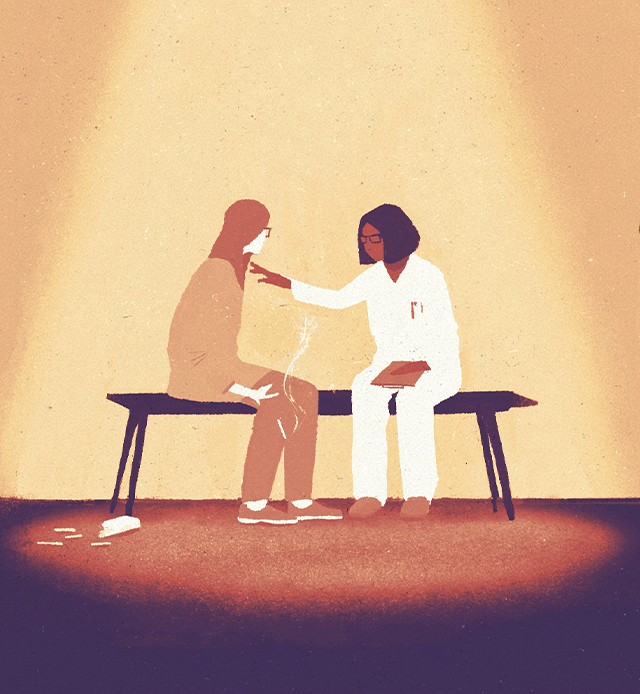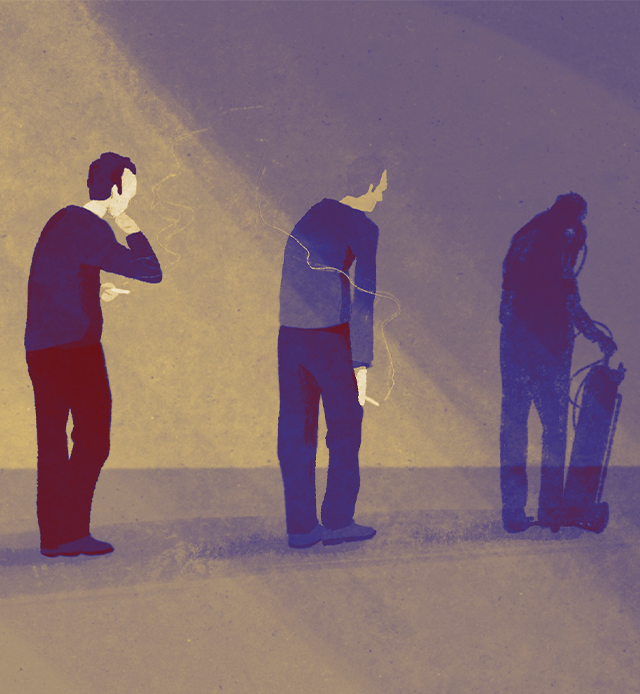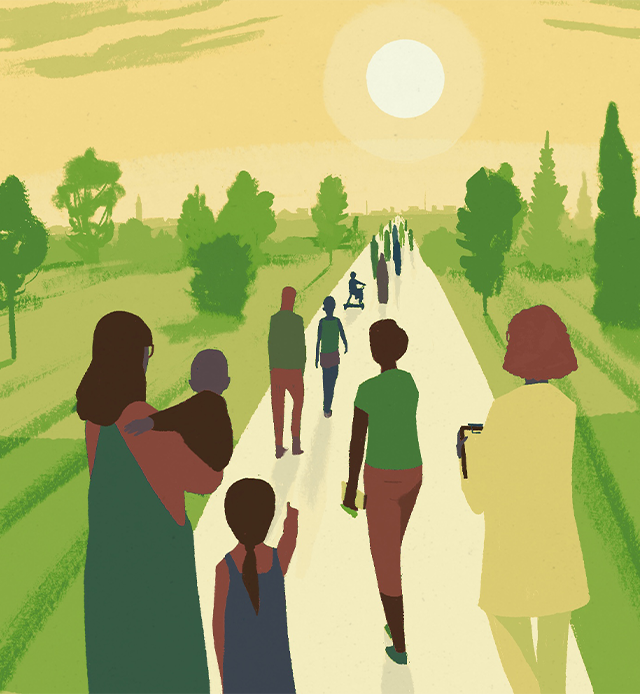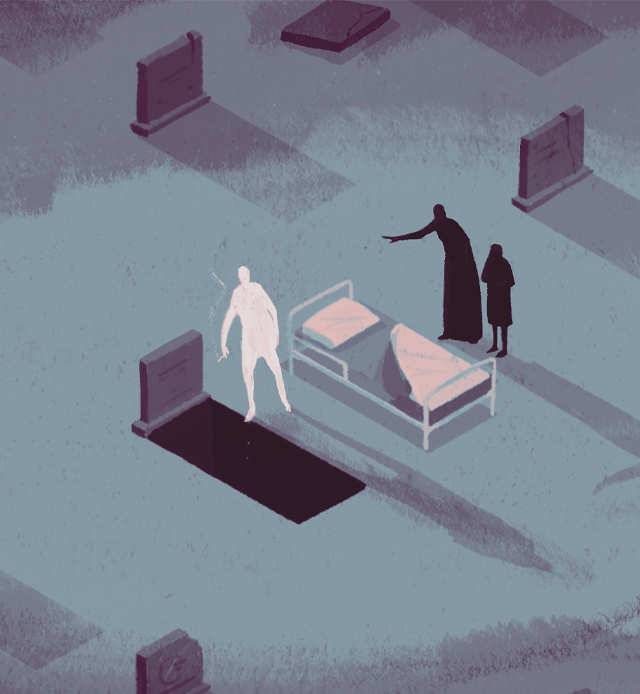References
Map:
Institute for Health Metrics and Evaluation. Secondhand smoke risk. See https://www.healthdata.org/results/gbd_summaries/2019/secondhand-smoke-level-3-risk
Smoke-free policy coverage:
WHO report on the global tobacco epidemic, 2023: protect people from tobacco smoke. Geneva: World Health Organization; 2023. Licence: CC BY-NC-SA 3.0 IGO.
Youth smoking:
Global Youth Tobacco Surveys (various years). See https://www.who.int/teams/noncommunicable-diseases/surveillance/systems-tools/global-youth-tobacco-survey.
Ma, C., Heiland, E. G., Li, Z., Zhao, M., Liang, Y., & Xi, B. (2021). Global trends in the prevalence of secondhand smoke exposure among adolescents aged 12–16 years from 1999 to 2018: an analysis of repeated cross-sectional surveys. The Lancet Global Health, 9(12), e1667-e1678.
Tobacco smoke as a carcinogen:
International Agency for Research on Cancer (IARC). Smoke, Tobacco, and Involuntary Smoking. In IARC monographs on the evaluation of carcinogenic risks to humans. IARC, Lyon 1 (2004): 1-1452. https://publications.iarc.fr/Book-And-Report-Series/Iarc-Monographs-On-The-Identification-Of-Carcinogenic-Hazards-To-Humans/Tobacco-Smoke-And-Involuntary-Smoking-2004
US Environmental Protection Agency. Respiratory Health Effects of Passive Smoking: Lung Cancer and Other Disorders” (EPA 600/6/90/006F) (December 1992).
Exposure to SHS by discrete groups:
Homa DM, Neff LJ, King BA, Caraballo RS, Bunnell RE, Babb SD, Garrett BE, Sosnoff CS, Wang L. Vital signs: disparities in nonsmokers’ exposure to secondhand smoke—United States, 1999–2012. Morbidity and Mortality Weekly Report. 2015 Feb 2;64(4):103.
Map:
Institute for Health Metrics and Evaluation. Secondhand smoke risk. See https://www.healthdata.org/results/gbd_summaries/2019/secondhand-smoke-level-3-risk
Smoke-free policy coverage:
WHO report on the global tobacco epidemic, 2023: protect people from tobacco smoke. Geneva: World Health Organization; 2023. Licence: CC BY-NC-SA 3.0 IGO.
Youth smoking:
Global Youth Tobacco Surveys (various years). See https://www.who.int/teams/noncommunicable-diseases/surveillance/systems-tools/global-youth-tobacco-survey.
Ma, C., Heiland, E. G., Li, Z., Zhao, M., Liang, Y., & Xi, B. (2021). Global trends in the prevalence of secondhand smoke exposure among adolescents aged 12–16 years from 1999 to 2018: an analysis of repeated cross-sectional surveys. The Lancet Global Health, 9(12), e1667-e1678.
Tobacco smoke as a carcinogen:
International Agency for Research on Cancer (IARC). Smoke, Tobacco, and Involuntary Smoking. In IARC monographs on the evaluation of carcinogenic risks to humans. IARC, Lyon 1 (2004): 1-1452. https://publications.iarc.fr/Book-And-Report-Series/Iarc-Monographs-On-The-Identification-Of-Carcinogenic-Hazards-To-Humans/Tobacco-Smoke-And-Involuntary-Smoking-2004
US Environmental Protection Agency. Respiratory Health Effects of Passive Smoking: Lung Cancer and Other Disorders” (EPA 600/6/90/006F) (December 1992).
Exposure to SHS by discrete groups:
Homa DM, Neff LJ, King BA, Caraballo RS, Bunnell RE, Babb SD, Garrett BE, Sosnoff CS, Wang L. Vital signs: disparities in nonsmokers’ exposure to secondhand smoke—United States, 1999–2012. Morbidity and Mortality Weekly Report. 2015 Feb 2;64(4):103.




